Using the –seed Parameter
Midjourney Bot uses seed numbers to create a visual noise field (like TV static) as the starting point for generating the initial image grid. Seed numbers are randomly generated for each image, but you can specify them using the --seed parameter. If you use the same seed number and prompt, you will get similar final images.
Key Points:
--seedaccepts integers from 0 to 4294967295.- The
--seedvalue only affects the initial image grid. - Using the same seed value with model versions 1, 2, 3, test, and testp will produce images with similar composition, color, and detail.
- Using the same seed value with model versions 4, 5, 6, and niji will produce nearly identical images.
- Seed numbers are not set in stone and should not be relied upon between sessions.
Seed Parameter
If no seed is specified, Midjourney will use a randomly generated seed number, producing various options each time you use the prompt.
Results Without a Specified Seed
Running the same prompt three times without specifying a seed will produce different results each time.
Example prompt: /imagine prompt celadon owl pitcher
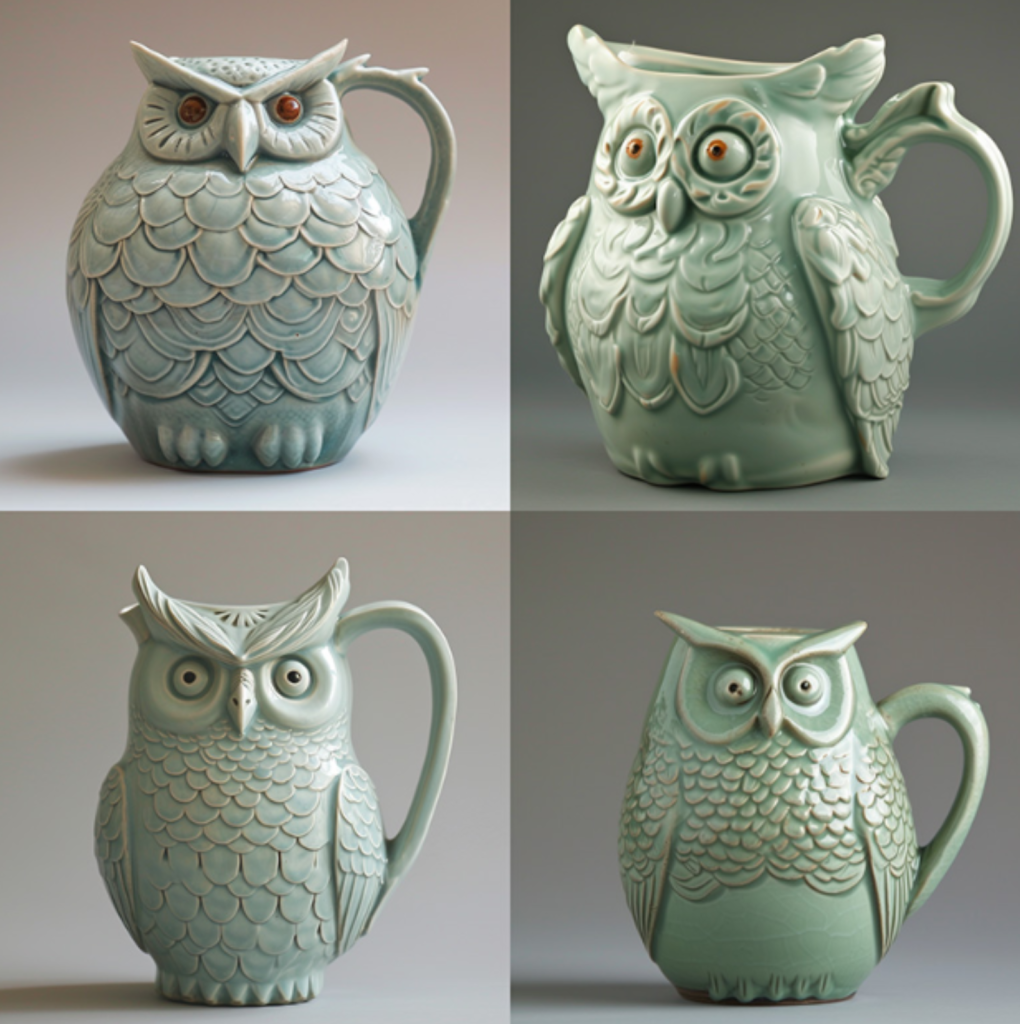
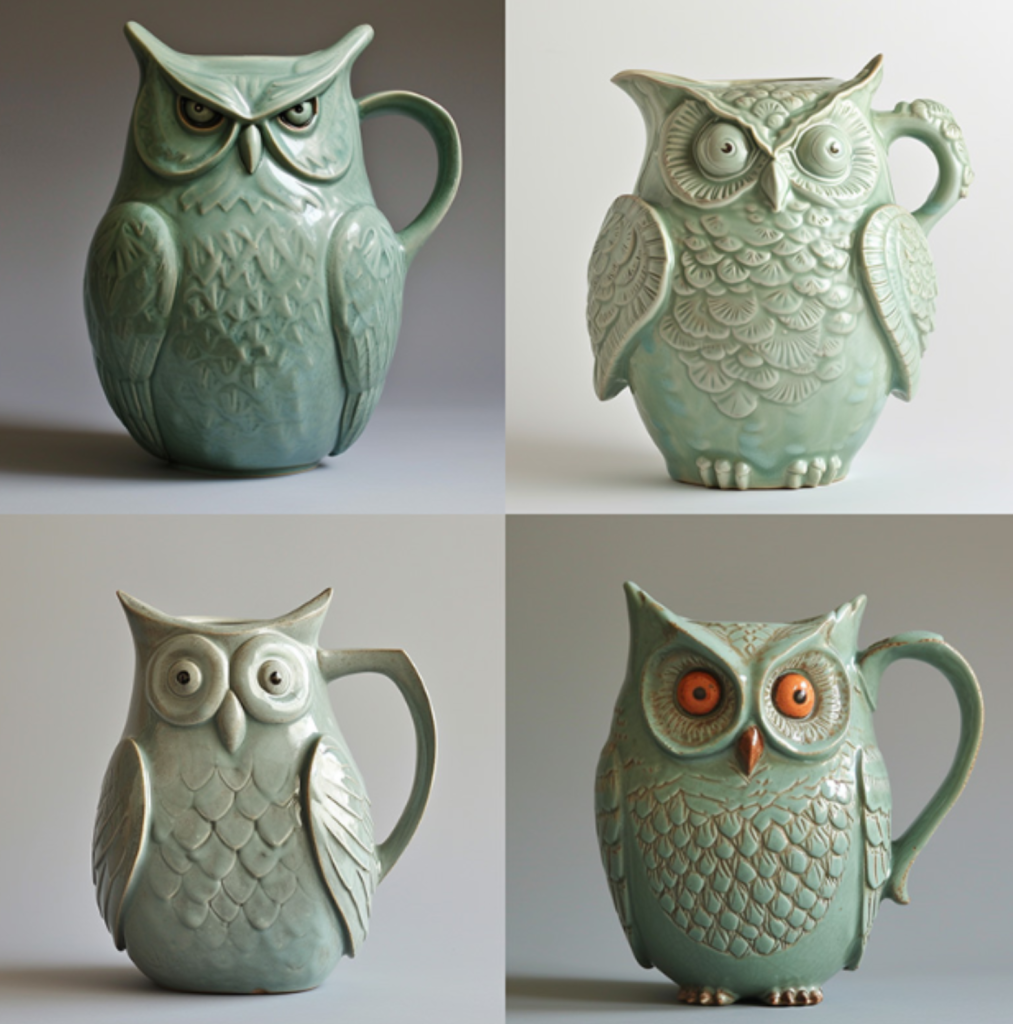
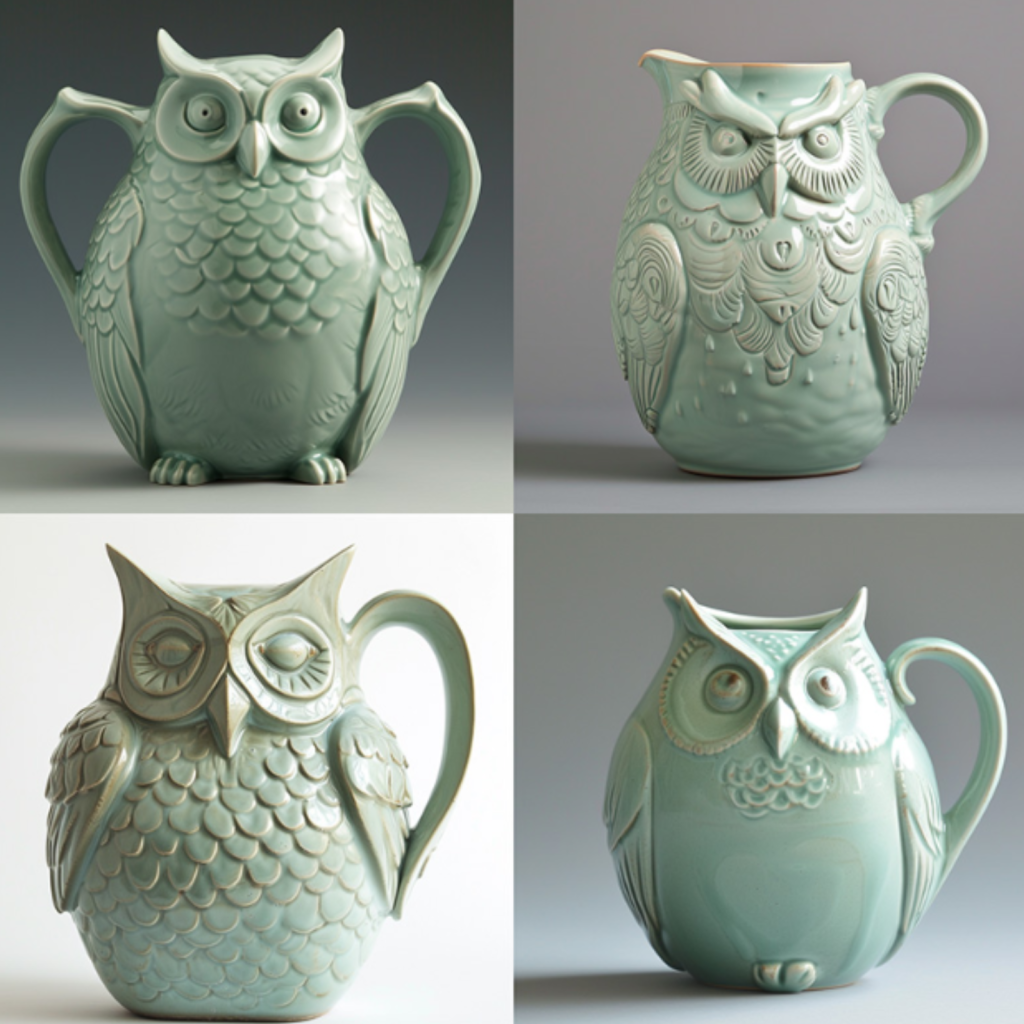
Results With a Specified Seed
Running the same prompt three times with a specified seed will produce similar results each time.
Example prompt: /imagine prompt celadon owl pitcher --seed 123
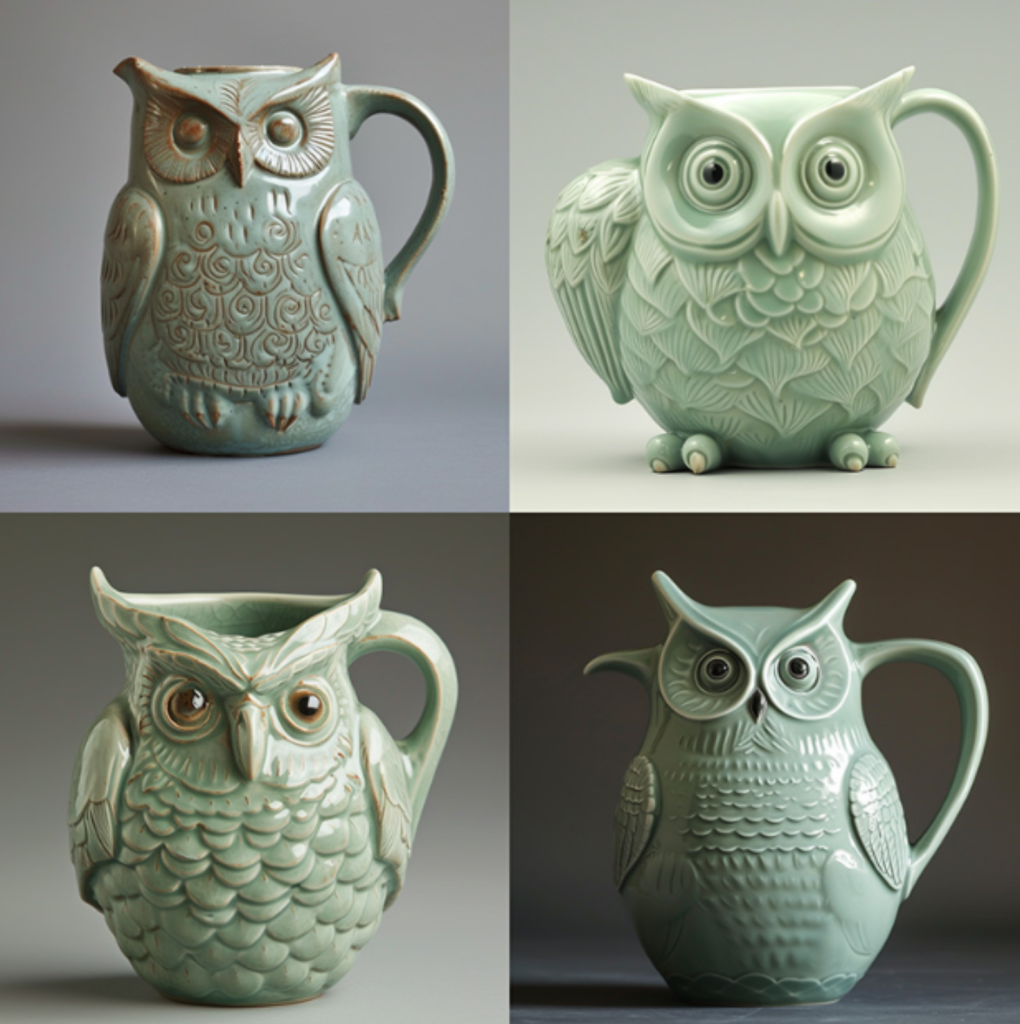
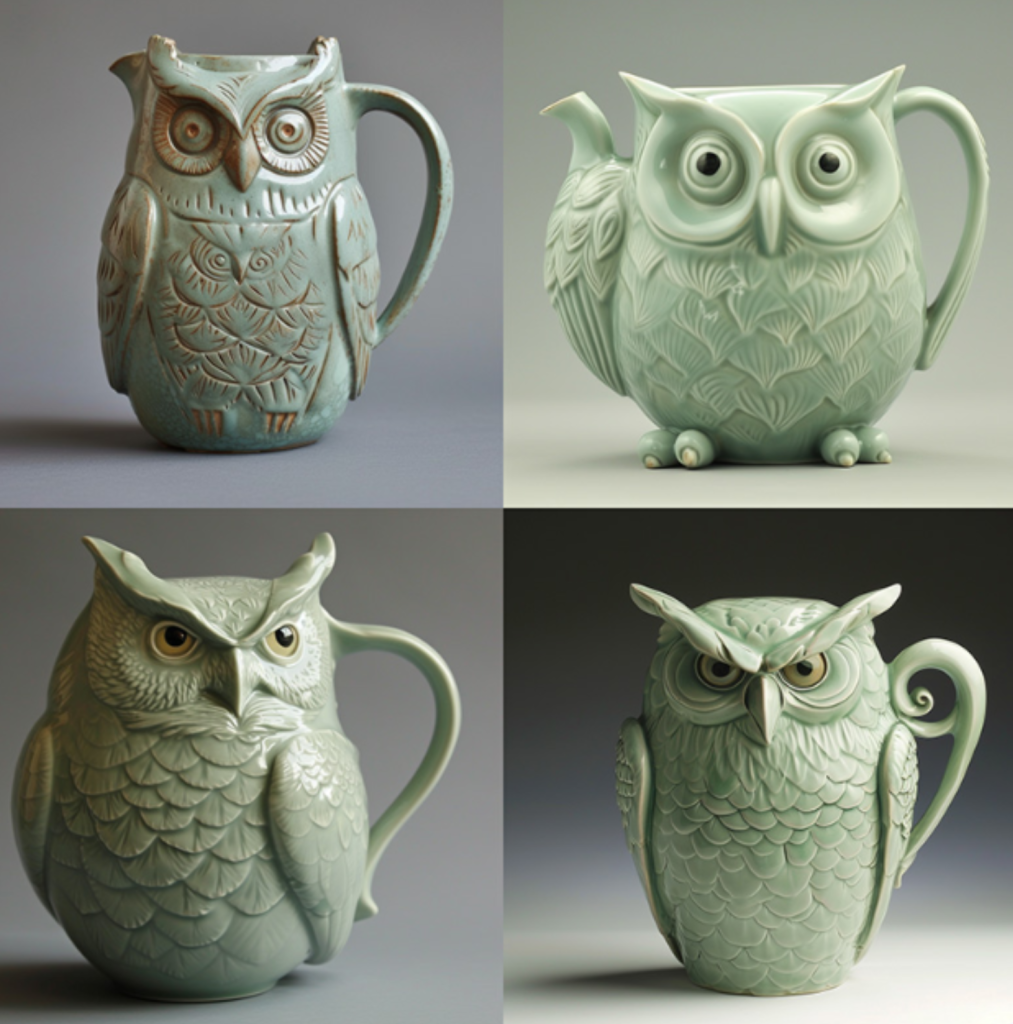
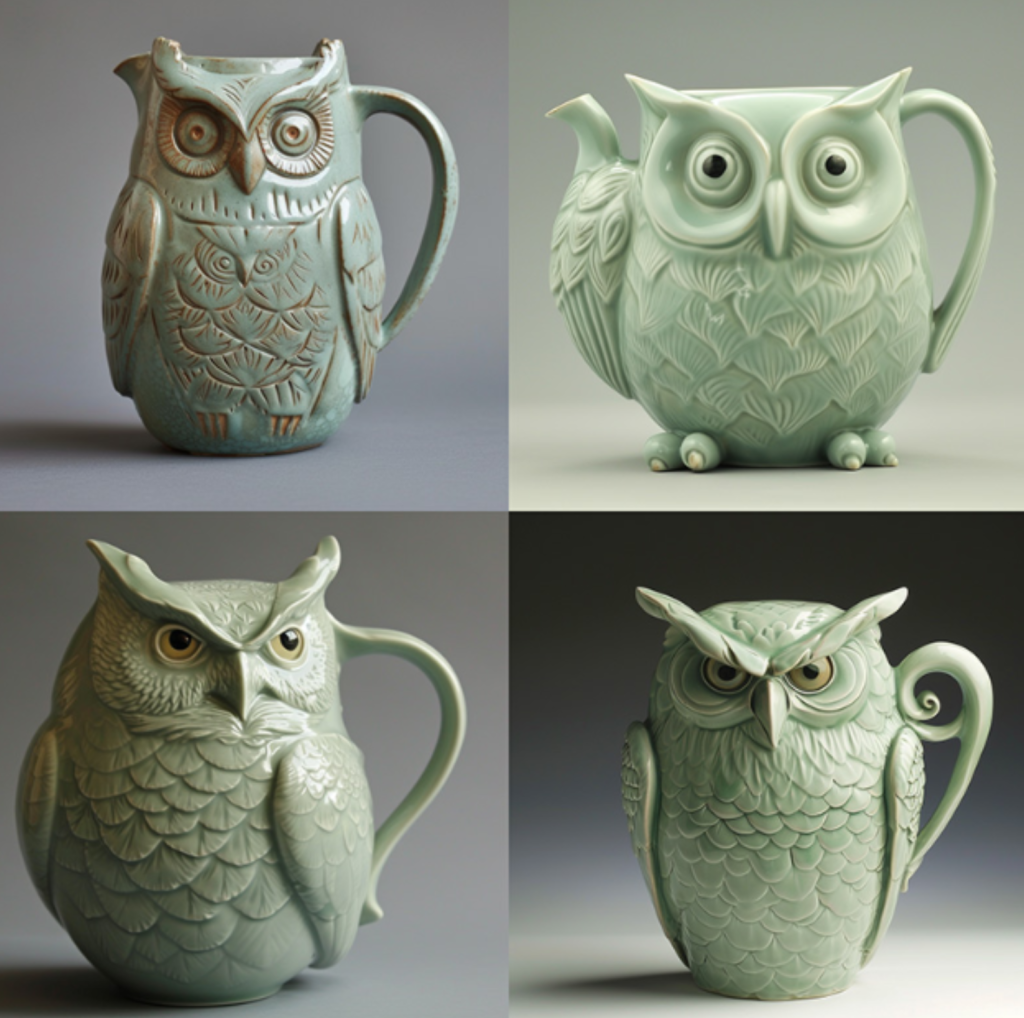
How to Find the Seed Number of a Job Using Discord Emoji
To find the seed number of a job that produced inconsistent results, react to the job with the ✉️ envelope emoji.
How to Retrieve the Seed Number of an Old Job Using the Show Command
To get the seed number of a past image, copy the job ID and use the /show <Job ID #> command to restore the job. Then you can react to the newly generated job with the ✉️ envelope emoji.
How to Change the Seed Number Using the –seed Parameter
Add --seed <value> to the end of your prompt to specify a seed number.